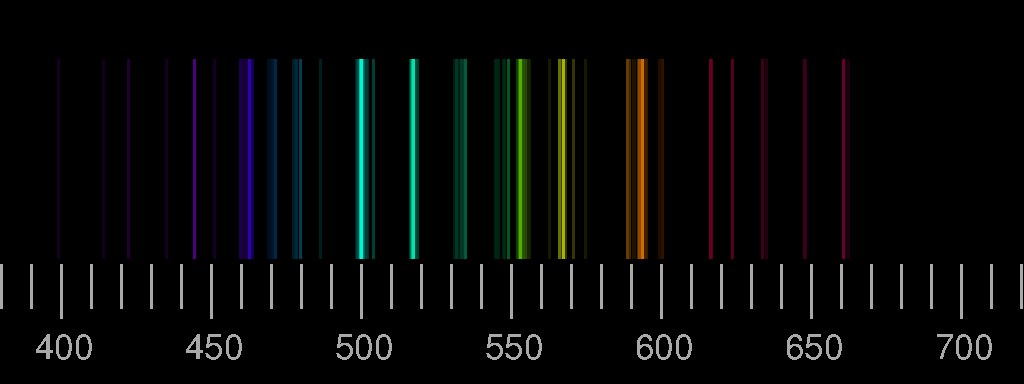

To determine the potassium content, the current standard analytical methods are mostly based on atomic absorption spectrophotometry (AAS) ( The Ministry of Health People's Republic of China, 2010a), inductively coupled plasma atomic emission spectrometry (ICP-AES) ( The Ministry of Health People's Republic of China, 2010a ISO, 2018a) and inductively coupled plasma mass spectrometry (ICP-MS) ( ISO, 2018b), etc. An incorrect intake of potassium can also cause diseases (such as hyperkalemia and hypokalemia), which therefore turns the correct control of potassium content of infant formula into a superior importance for both international and local standards ( Deckelbaum et al., 2004 Koletzko et al., 2005 The Ministry of Health People's Republic of China, 2010b Codex, 2015). As an essential cation in intracellular fluid, potassium is one of the most important minerals to support healthy growth and development of infants, because potassium is critically involved with acid-based balance function, osmotic pressure regulation, nerve impulse conduction, muscle construction and Na +/K + ATPase ( Soetan et al., 2010). Meanwhile, all infant formulas marketed must also meet local standards, which are based on the national physique and health level ( The Ministry of Health People's Republic of China, 2010b). The international standard for infant formula set by Codex Alimentarius Commission (CAC) has a strict requirement of the essential composition and nutrition content ( Codex, 2015). Infant formula, as a breast-milk substitute, plays a significant role since it is the sole source of nutrition for some infants ( Deckelbaum et al., 2004 Meucci et al., 2010 Codex, 2015 AOAC International, 2016). This strategy may be well extended to other element detection in the presence of uncontrolled interference. A satisfactory result illustrates DD-LIBS as a feasible tool for real-time analysis of potassium content with little sample preparation.

The present work demonstrates the feasibility of DD-LIBS for the quantification of potassium content of 90 commercial infant formula samples. Such pretreatment combined with a partial least squared (PLS) model can significantly suppress the uncontrolled shift and broadening effects on multivariate calibration, improving the capability of LIBS for accurate quantification of potassium. The MRFA is thus capable of isolating the features of potassium with experience accumulated from the collected LIBS data. In DD-LIBS, the HDWT oversamples the LIBS signals in both time and frequency domains by a factor of two, enhancing the spectral expandability in an approximately shift-invariant way. Using laser-induced breakdown spectroscopy (LIBS) in a data-driven approach, a modified random frog algorithm (MRFA) is adopted in a higher-density discrete wavelet transform (HDWT) domain for the selection of the most important features related to potassium, which is named as DD-LIBS. Here, a novel strategy for the real-time quantification of potassium in infant formula samples is introduced. Potassium represents one of the most crucial minerals in infant formula that supports healthy growth and development of infants. College of Precision Instrument and Opto-Electronics Engineering, Tianjin University, Tianjin, China.Da Chen Jing Zong Zhixuan Huang Junxin Liu Qifeng Li *


 0 kommentar(er)
0 kommentar(er)
